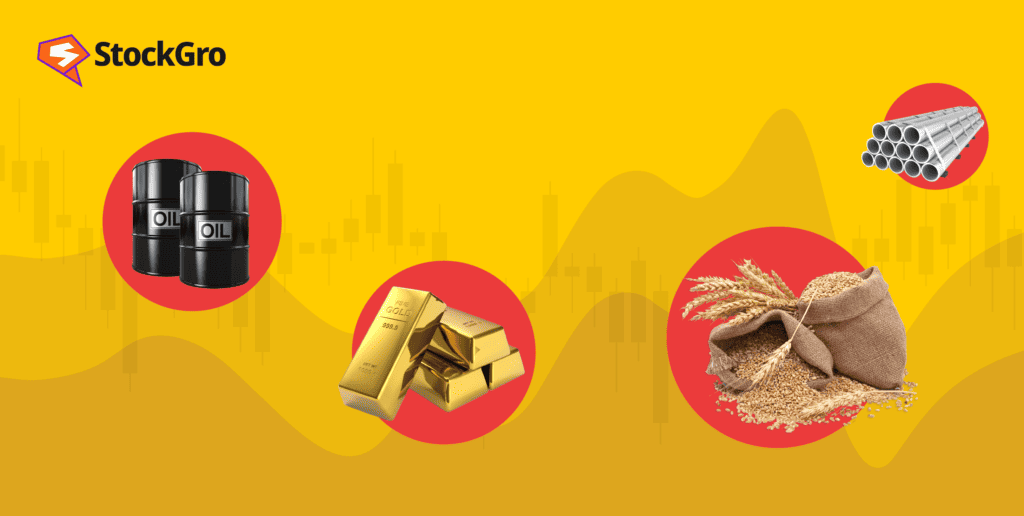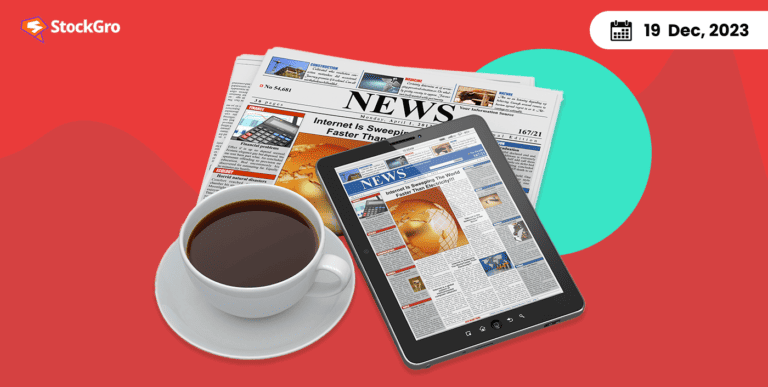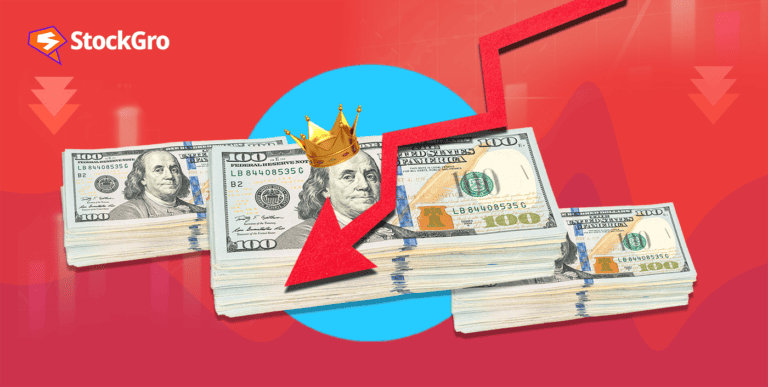
Market mechanisms that promote trade in areas with a shortage of readily available raw material like wheat, gold, or crude oil are known as commodity market instruments. Various individuals and businesses exchange these to generate financial rewards while lowering risks. They utilise the intangible worth of these commodities while facilitating the exchange of tangible products.
Trading instruments encompass all types of contracts and assets that are exchangeable. Various categories—some more well-known than others—are used to classify trading instruments. They cover everything from forward contracts and stocks to indexes and currencies, to name a few.
The government of India oversees the commodities market by enacting laws, regulations, and guidelines to manage commodity trade. The exchanges are where most commodity trade takes place. Investors may benefit from commodities without really owning them through financial products called commodity derivatives. The instruments available on the commodity market are essential for profitable commodity trading.
This article will look into the popular trading instruments used in the commodity market. But first, let’s explore the ABCs of the commodity market and what are its perks and drawbacks.
You may also like: Gold vs Equities- Which is the right investment option?
Commodity market: What is it?
A market for the purchase, sale, and exchange of primary goods or raw resources is known as a commodity market. For example, energy products like crude oil and gasoline, precious metals like platinum and silver, to name a few. Access to commodity items in a centralised, liquid market is made possible by commodities markets for both producers and consumers.
Commodity derivatives are another tool available to these market participants for hedging future output or consumption. Additionally, active participants in these markets include investors, arbitrageurs, and speculators. Futures and spot markets are the two places where commodities are traded. Spot markets are when buyers and sellers exchange tangible goods for instant delivery. However, because it primarily deals with futures contracts or derivatives, the commodities market is sometimes known as the futures market.
For the most part, the commodities market revolves around supply and demand. Demand and supply balance out to create a market balance.
Popular trading instruments in the commodities market
Not all investors want to deal with the hassle of storing, transporting, or delivering physical goods. Therefore, they can speculate on commodity price swings without actually holding the commodities by using a variety of trading instruments. Some of the most common trading instruments in the commodities markets are futures and options contracts, ETFs, and exchange-traded notes. Some of the major exchanges for commodity trading in India include the Multi Commodity Exchange (MCX), National Multi Commodity Exchange (NMCE), Universal Commodity Exchange (UCX), National Commodity and Derivatives Exchange (NCDEX), ACE Derivatives Exchange (ACE), and Indian Commodity Exchange (ICEX).
Also read: Commodity swap: Meaning & how it works?
Future contracts
Futures contracts are one of the primary derivative instruments used in the commodities market. A certain quantity of a commodity may be bought or sold more easily at a later time and price, thanks to these predefined contracts. Futures contracts allow traders to engage in the commodities market, speculate on price movements, and safeguard themselves against potential risks without really owning the thing.
Options contracts
Among the best instruments for trading commodities is this one as well. Investors who trade options contracts have the choice, but not the obligation, to purchase or sell a commodity at a set price and within a predetermined window of time. Options are flexible and may be used for strategies including revenue generating, speculating, and hedging.
ETNs
ETNs are debt securities issued by financial organisations. Their purpose is to provide investors with returns based on the recent performance of an underlying commodities index. ETNs offer easy access to fluctuations in commodity prices and are traded on stock markets.
Exchange-traded funds
These instruments for commodities allow investors to have exposure to a specific commodity or a variety of commodities without having to engage in active futures contract trading. These funds are intended to track changes in the value of the underlying commodities and can be bought and sold on stock exchanges, much like individual equities.
Also read: How to trade in options and maximise your profit?
Commodity trading in India: Pros and cons
Trading in commodities comes with both pros and cons; let’s take a look at both of the aspects one by one.
Advantages of commodity trading
- Defence against rising prices
The cost of raw resources, or commodities, rises in response to an increase in demand for products and services, which raises their price. When interest rates rise in an inflationary climate, borrowing becomes more expensive and hence lowers the company’s net profitability. The earnings distributed to shareholders are likewise impacted by a drop in the company’s revenue.
As a result, stock values decrease with inflation. On the other hand, when demand increases, the cost of the commodities needed to manufacture completed items rises significantly, which eventually drives up the cost of the finished goods.
- High-leverage
Leverage is offered to an extraordinarily high degree by commodity derivatives exchanges. Gains can grow exponentially from even the smallest change in commodity pricing. Thus, when you use leverage in commodities trading, you open up the chance of enormous gains.
- Hedge against unpredictable geopolitical events
The disruption of the supply chain caused by geopolitical events like wars, riots, and conflicts makes it harder to get raw materials and get them to the factories where they are manufactured into completed items, which results in a shortage of resources.
- Diversification
There is little or no link between stocks and commodities. Typically, commodities are the raw resources needed to create the final products. Growing production costs due to rising commodity prices result in lower profitability, less money for shareholders, and lower earnings per share. In the end, this results in a drop in stock values.
Drawbacks of commodity trading
- Volatility
The dynamics of supply and demand affect commodity prices, which are quite erratic. Commodity supply and demand are price inelastic. When a good is price-inelastic, this means that its supply doesn’t vary regardless of price fluctuations.
- Asset allocation
Although adding commodities to a portfolio might help with diversity, the commodity funds themselves are not varied since they are concentrated in just one or two businesses. Therefore, the share price of a commodities ETF may be significantly impacted by changes in the price of a commodity.
Conclusion
There are many different commodities trading instruments available in the commodity market. They aid in meeting the different needs and preferences of participants. In the end, there are a number of benefits and drawbacks to commodity trading. Because investing involves a significant amount of risk, it is important for an investor to ascertain their goals for investing and risk tolerance before making an investment.

